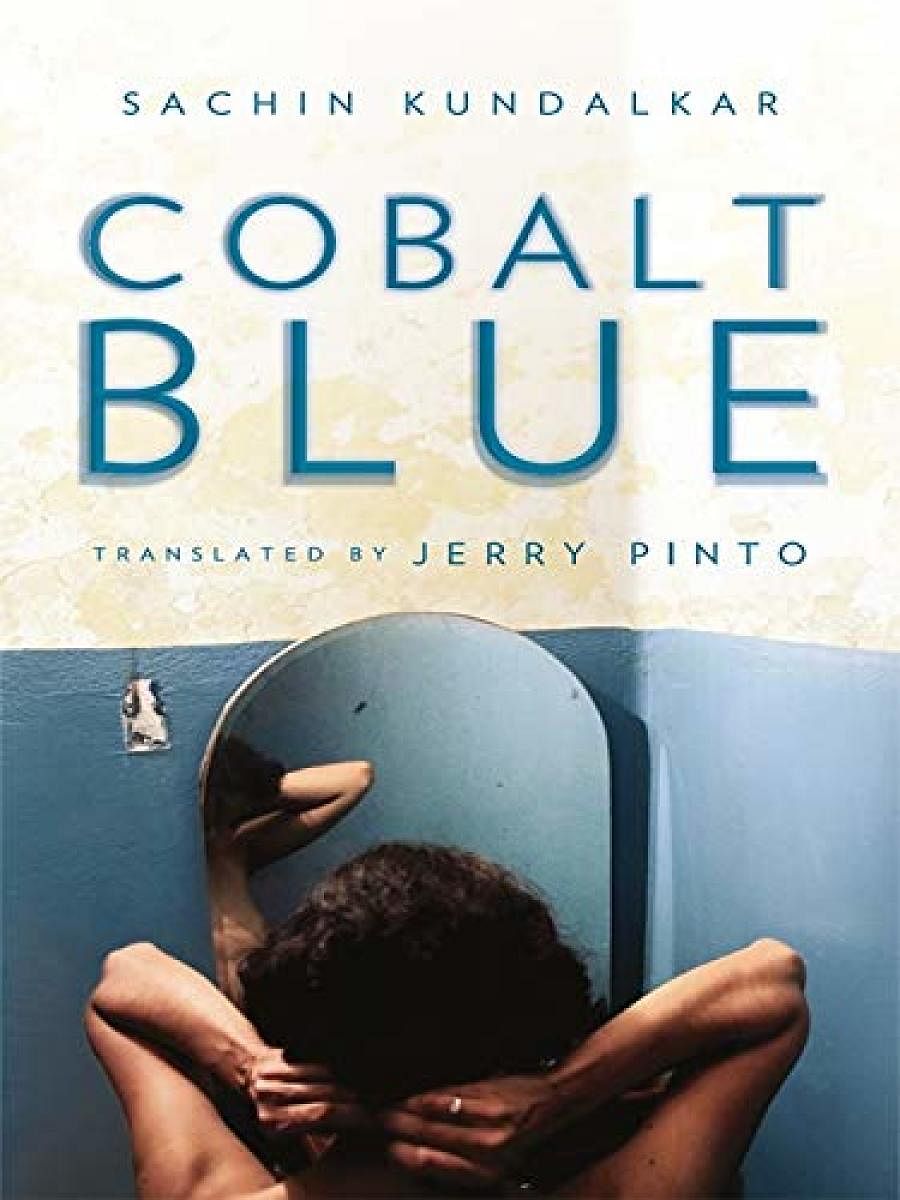
Ever since I watched Cobalt Blue on a streaming platform, reading the book many years ago was running in parallel inside my head. Books made into films are burdened by expectations. A story, till it’s given a colour, till its characters are clothed, placed in a landscape, assigned their emotions, remains a description in the minds of the readers.
Cobalt Blue is first a translation by one of my favourite writers, Jerry Pinto. Second, is a translation from a language I do not read. Third, is made into a film by the author himself. What an exciting and anxiously awaited must-watch!
For people like me, the book laid the path to the film. One of the many critical links a translation plays, is that it makes available to us a perspective we may not have known, from a source not accessible because of our limitations to follow many other languages, and dialects.
In an outlandish love triangle, one man walks into the lives of a brother and a sister. The duo's elder brother is predictable and conforming, adored by the parents while the younger two siblings dream of their lives very differently, overtly and covertly trying to follow their passions and instincts. This man, who does not talk about his past, does not answer questions, says, does, lives as he likes, is an incarnation of lives they want for themselves. And expectedly, they both want him. Whereas he, with his turbulent past, is not looking to be tied down with one person and one life. A relationship to him is like the many other creative concepts that he fills with colours and moves on.
The turmoil devastates both. Call him the intruder or the catalyst, or the trigger that was needed to drive the two caged and confused souls to soar beyond their own imagination of their ability. It was as if this man needed to come so that they could firmly leave behind what they did not want.
A film can be limiting, and also conclusive. After reading the book, I had wondered whether the sister finally gets to know the truth behind her brother’s strange behaviour when she came back home, which all others had assumed was his concern for the sister. This was particularly disturbing as the entire story unfolds under and above the same roof, germinating, pulsating, and seeping into their shared spaces. Yet, the powerful secrets remained. What stopped two alternatively inclined siblings to confide in each other? In the film, the truth is communicated subtly. The saviours are different in the book and the film, so is the dairy keeper who finally gets to tell the story.
Every writer chooses each word of their story they want to tell, expressing with all its nuances and complexities. But for the reader, it is always an interpretation, shaded by their own circumstances, experiences and imaginations. That is exactly what we gain from re-reading books of the past, seeing textures, tones and layers we were not informed or evolved enough to recognise earlier.
So, I went back to the book after watching the film, sitting by a beautiful window overlooking the Ashtamudi lake, where the book and film pleasantly entangled themselves and came out clearer.
I recall when I picked up the book, my first thought was, what exactly is this shade, Cobalt Blue?
I wish I had seen the man pick up the fragrant Chaafa flowers.